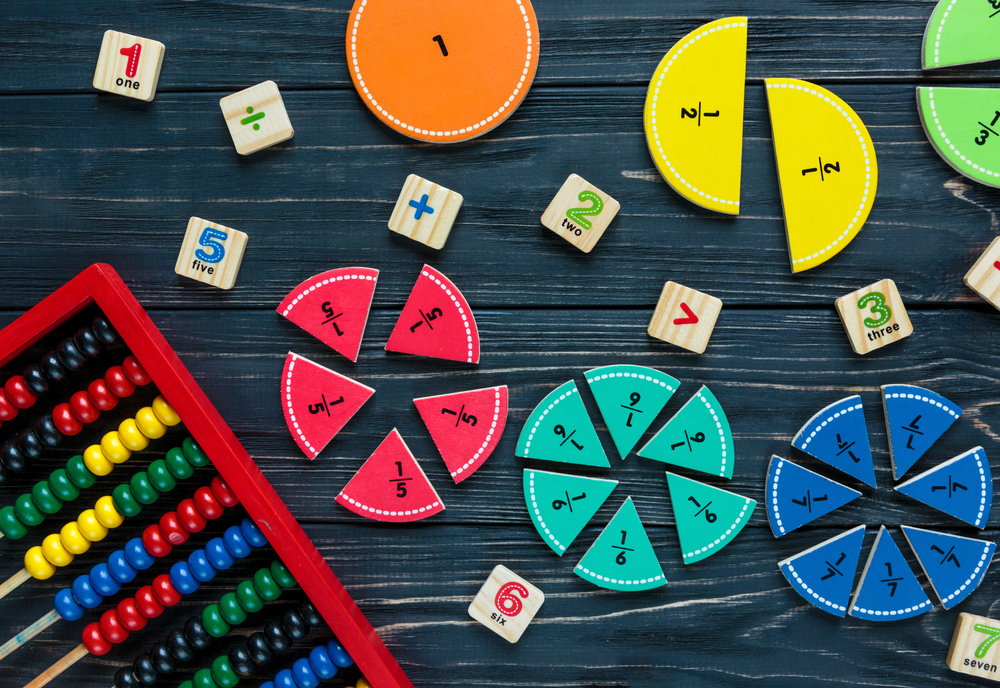Handwriting Skills Math Worksheets for Ages 3-7
6 filtered results
-
From - To
Enhance your child's handwriting skills with our engaging Handwriting Skills Math Worksheets designed for ages 3-7. These worksheets combine early math concepts with handwriting practice, ensuring a fun and educational experience for young learners. As children trace numbers and simple math-related words, they develop fine motor skills and improve letter formation. Perfect for preschool and early elementary students, our resources promote essential foundational skills in a playful way. Designed with colorful illustrations and age-appropriate content, these worksheets motivate children to practice regularly while building their confidence in both math and writing. Start cultivating your child's love for learning today!
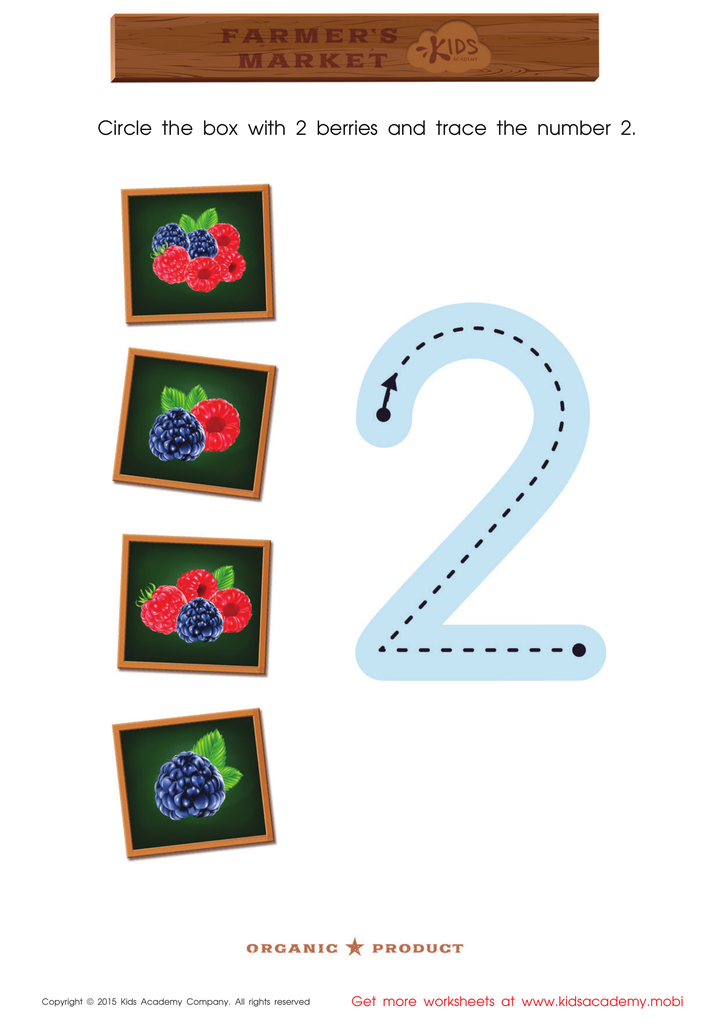

Count the Berries and Trace the Number 2 Printable
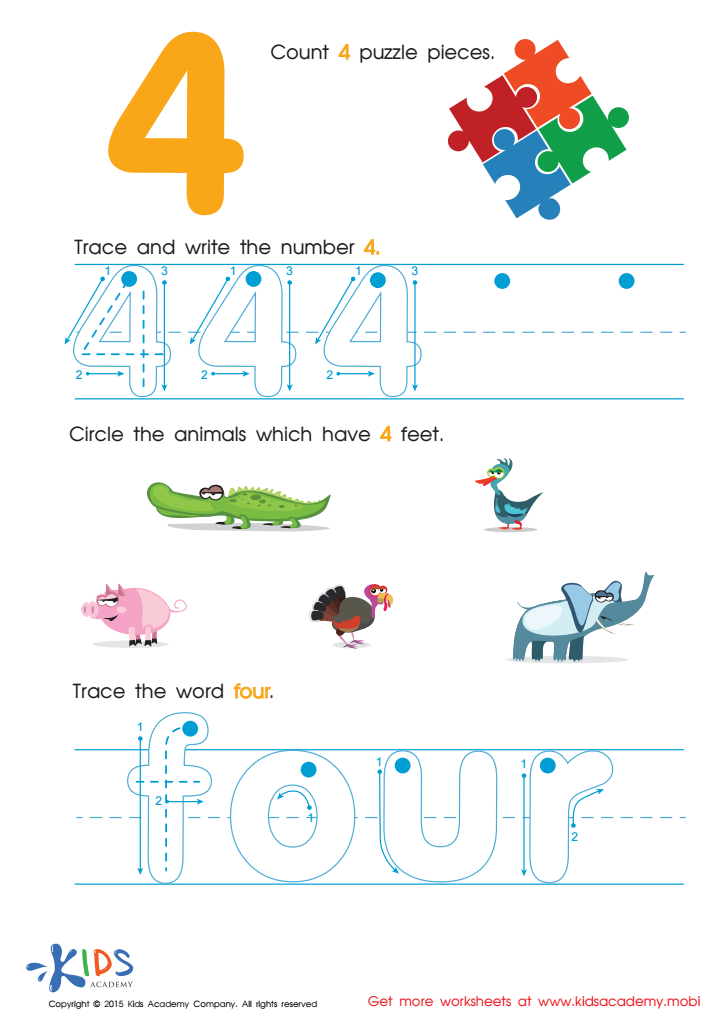

Teaching Children to Write Number 4 Worksheet


Kindergarten Number Tracing: Mary's Bag Worksheet


Shapes in Real Life: Cone Worksheet
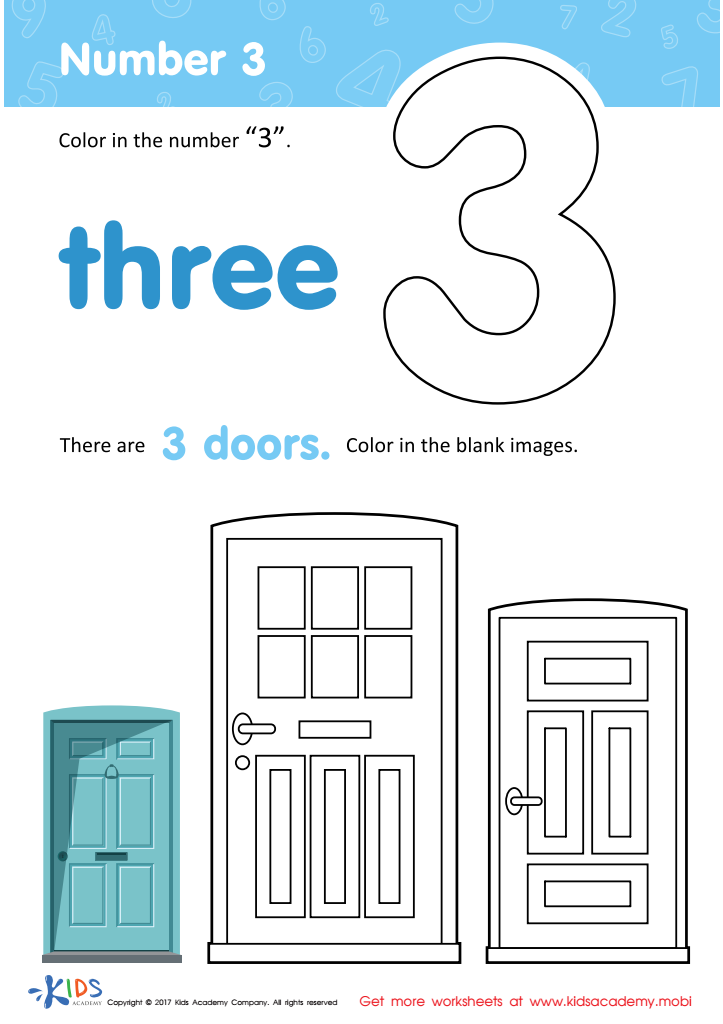

Number 3 Worksheet
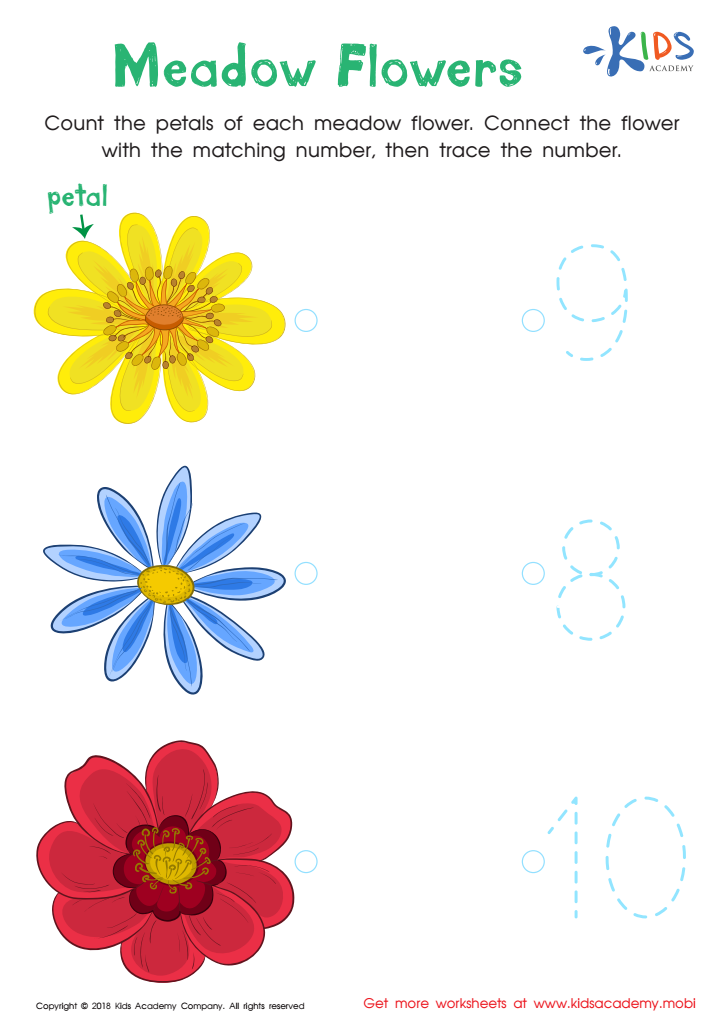

Kindergarten Number Tracing: Medow Flowers Worksheet
Handwriting skills play a crucial role in early childhood development, especially for children aged 3-7. As parents and teachers, it is essential to understand that handwriting is more than just pen on paper; it's a foundational skill that impacts overall learning and cognitive development.
At this age, children are developing fine motor skills, which are vital for various academic tasks, including math. Neat handwriting helps children organize their thoughts and understand mathematical concepts. When children can write numbers clearly, they can better recognize patterns, solve problems, and express their reasoning in math.
Moreover, handwriting mastery fosters confidence and independence. Children who struggle with writing may feel frustration or embarrassment, which can hinder their willingness to participate in school activities. Encouraging strong handwriting skills helps cultivate a positive attitude towards learning.
Finally, integrating handwriting practice into math activities enhances focus and retention. For instance, writing out numbers or math problems solidifies the learning process. Thus, investing time and attention into developing handwriting skills is essential for parents and teachers. It not only aids children in their mathematical education but also sets a solid foundation for their future academic success.

 Assign to My Students
Assign to My Students



